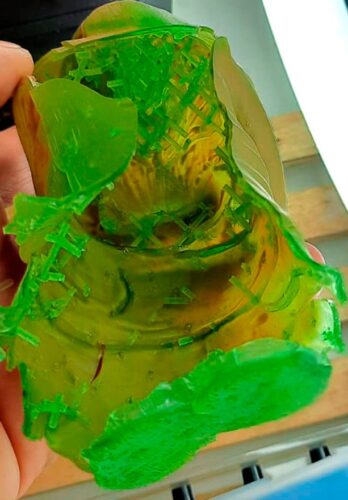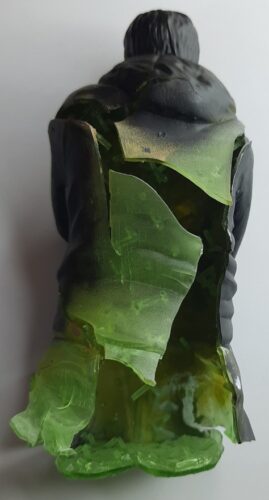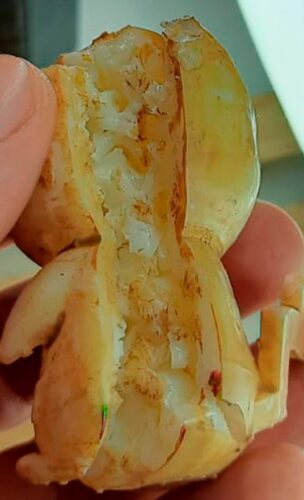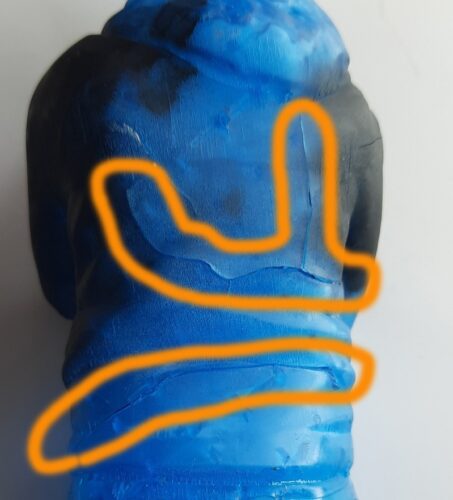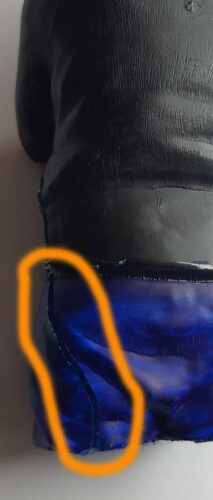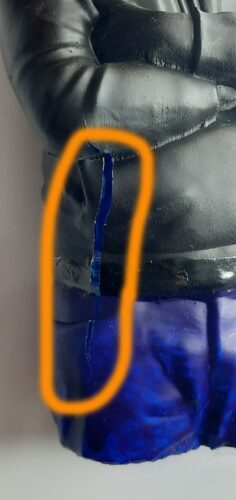SLA resin printing is an art that requires skill and attention to detail. The technology offers the ability to create the highest quality parts in a three-dimensional space, but as with any creative process, there can be challenges to overcome.
When using SLA printing, problems often arise, such as defects on the surface of parts or internal stresses that can cause warping or even tearing from the inside out. For example, to save material, parts are often printed hollow and then an internal shell is added to increase the rigidity of the structure. However, this approach can pose problems when the part is subjected to downstream processes such as bathing, drying and mottling.
Internal material stresses that occur after the printing process can increase during subsequent processing steps and lead to deformation of the parts. These stresses are often caused by uneven backlighting and bending of the model. Although uniform backlighting in the backlight chamber can reduce the likelihood of this problem, it does not completely eliminate it.
To solve this problem, one effective method is to heat treat the parts. This can be by boiling or by uniform heating. We have solved this problem by using a conventional FDM 3D printer with a heated platform. Placing the part on the table, we heated it to an optimum temperature of between 120 and 160 degrees. The heating was then turned off and the part cooled evenly for 10-20 minutes. This process relieved internal stresses and allowed for structural stability.
Thus, understanding the causes of the problem and using effective methods to solve it allows us to achieve high quality SLA printing and ensures the successful completion of projects.

